You are here
Back to topVietnamese Durian Quality Threatened by Drought and Saltwater Intrusion
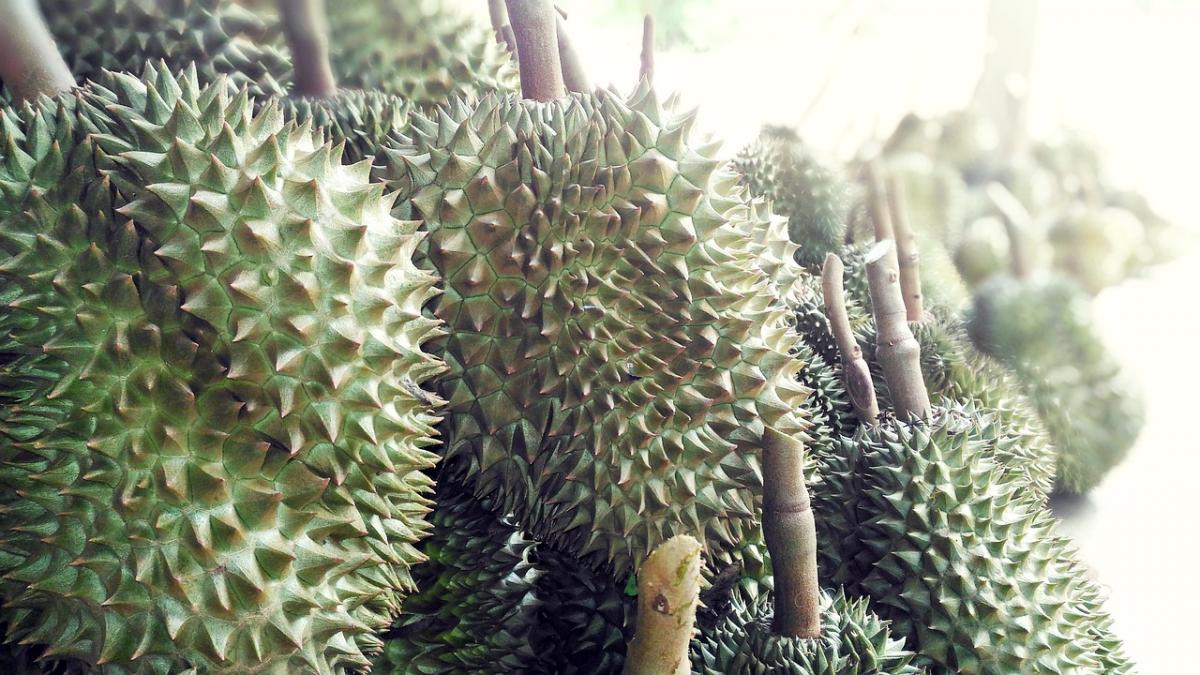
On May 21, durian prices in Vietnam remained at a low level, with those in the southwest of the country being relatively higher and those in the southeast and Central Highlands regions being the lowest. Farm gate prices for high- and medium-quality Ri6 durians were in the range of 48,000–68,000 Vietnamese dong ($1.89–2.67) per kilogram. Meanwhile, typical prices for premium Monthong (“golden pillow”) durians, standard Monthong durians and Kanyao durians stood at 83,000–90,000 dong ($3.26–3.53), 63,000–70,000 dong ($2.47–2.75) and 160,000–190,000 dong ($6.28–7.46) per kilogram, respectively.
According to a Vietnamese news report, Vo Huu Thoai, director of the country’s Southern Fruit Institute, stated that saltwater intrusion and drought in key production areas would reduce both the yield and quality of durians this season.
The Mekong Delta accounts for half of Vietnam’s total durian output. In recent years, however, this region has been severely affected by changing weather patterns and increasing saltwater intrusion. According to Agence France-Presse, the region declared a state of emergency in early April due to a shortage of drinking water caused by the ongoing drought and salinization of water sources.
The drought, combined with the recent heat wave across Southeast Asia and the El Niño phenomenon, has exacerbated saltwater intrusion this year, significantly affecting durian production.
Tran Van Nghia, a durian grower in Tien Giang province, said that saltwater is the biggest threat to durians because durian trees are highly susceptible. Over 20 years ago, Nghia was among the first batch of farmers to introduce Thai Monthong durians into Vietnam to grow them along the banks of the Mekong River.
Phan Hoang Tan, a durian grower in Ben Tre province in the Mekong Delta, noted that the high temperatures and lack of fresh water had caused production at his farm to decrease by 30% compared with the previous three seasons. Several growers in Dong Nai province also warned that their output next season could be 30–40% lower. Thoai warned that a failure to take immediate action could cause the problem to worsen in the coming years.
Last year, Vietnam’s durian exports totaled $2.3 billion, with 87% shipped to the Chinese market. This figure is expected to soar to $3.5 billion this year on account of China’s growing appetite for the fruit. However, the anticipated declines in the yield and quality of Vietnamese durians due to the drought and saltwater intrusion cast uncertainty over future export growth.
In addition, as many Vietnamese farmers shift to durians from other crops, the industry risks facing problems with oversupply. At present, Vietnam’s durian cultivation area has reached 150,000 hectares, far exceeding the target of 75,000 hectares set by Vietnam’s Ministry of Agriculture and Rural Development. However, only about 13% of Vietnam’s durian orchards currently meet the requirements for exporting to China.
Image: Pixabay
This article was translated from Chinese. Read the original article.



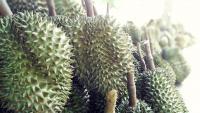
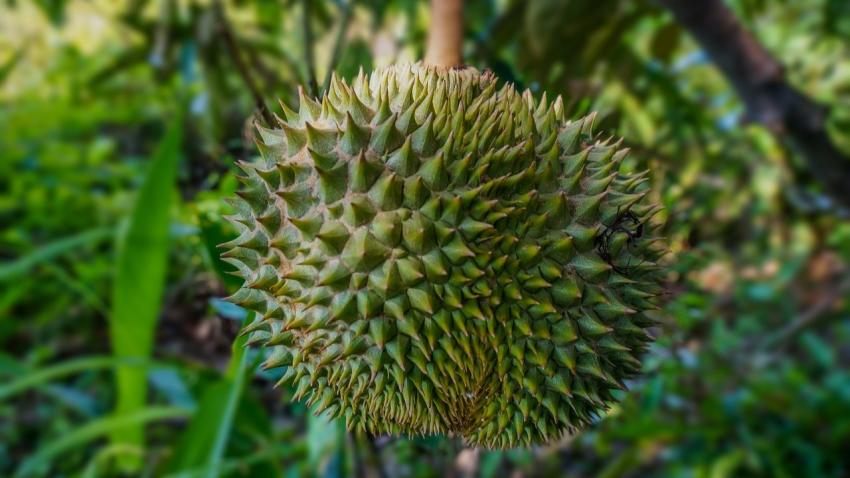
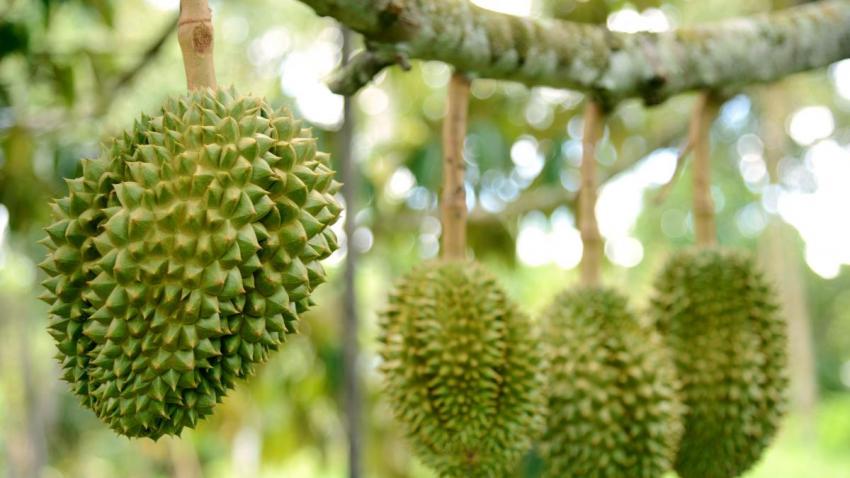
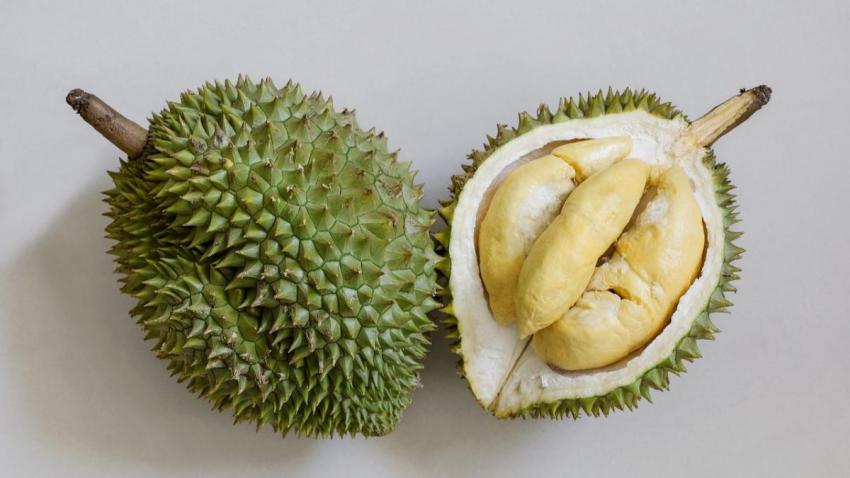
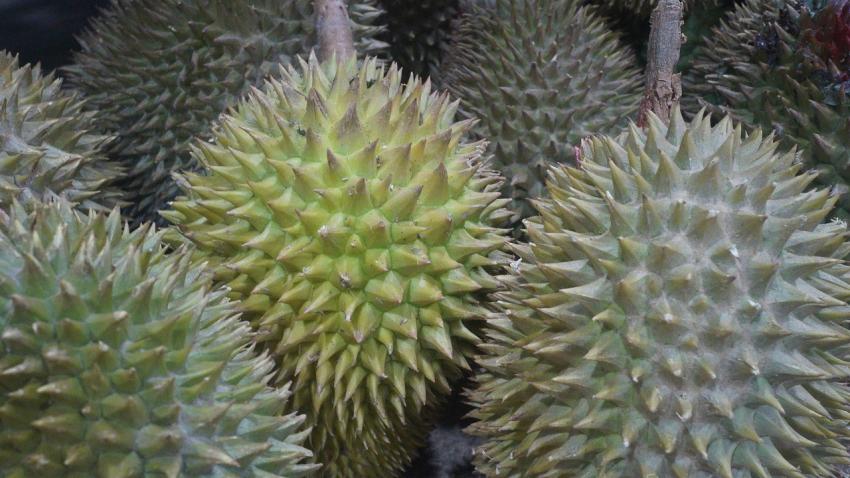






Add new comment